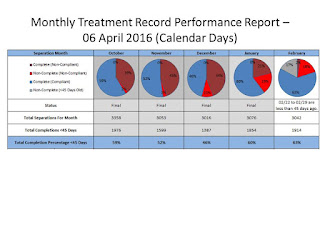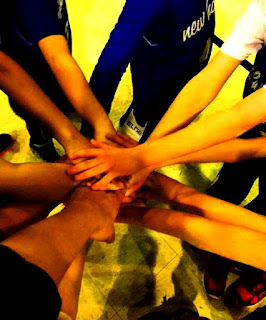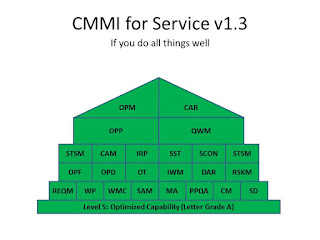Green Belt Triple Crown Winners

In the green belt course, the process simulation calls for teams of 4-6 students to manufacture 'hits' by shooting ping pong balls from a catapult onto a target. The simulation has evolved slightly over the years to emphasize specific learning objectives. In its current form, students also track yield and net profit. In a class size of 20, four teams compete with each other to improve the process. It is rare for one team to win the competition in all three categories. In fact, the first triple crown was awarded in August of 2016. Congrats to the Juan Won One team!


